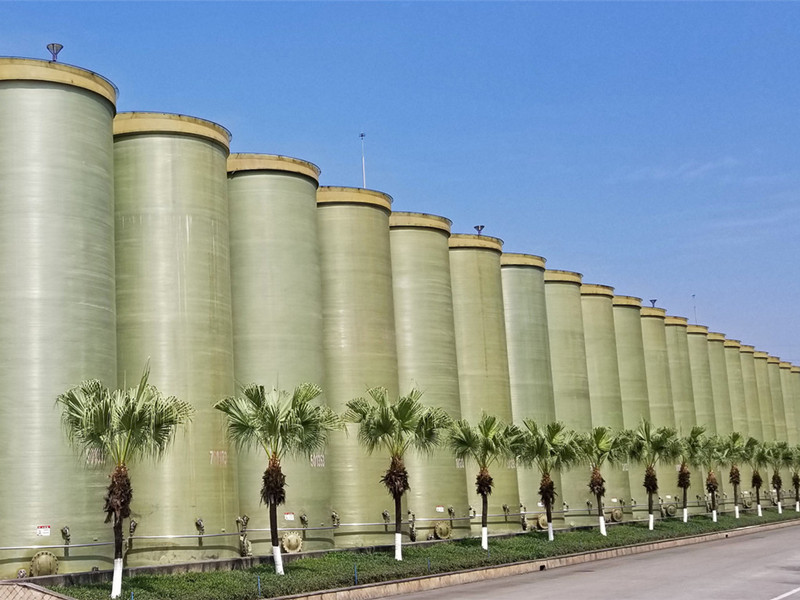
-
 Afrikaans
Afrikaans -
 Albanian
Albanian -
 Amharic
Amharic -
 Arabic
Arabic -
 Armenian
Armenian -
 Azerbaijani
Azerbaijani -
 Basque
Basque -
 Belarusian
Belarusian -
 Bengali
Bengali -
 Bosnian
Bosnian -
 Bulgarian
Bulgarian -
 Catalan
Catalan -
 Cebuano
Cebuano -
 China
China -
 China (Taiwan)
China (Taiwan) -
 Corsican
Corsican -
 Croatian
Croatian -
 Czech
Czech -
 Danish
Danish -
 Dutch
Dutch -
 English
English -
 Esperanto
Esperanto -
 Estonian
Estonian -
 Finnish
Finnish -
 French
French -
 Frisian
Frisian -
 Galician
Galician -
 Georgian
Georgian -
 German
German -
 Greek
Greek -
 Gujarati
Gujarati -
 Haitian Creole
Haitian Creole -
 hausa
hausa -
 hawaiian
hawaiian -
 Hebrew
Hebrew -
 Hindi
Hindi -
 Miao
Miao -
 Hungarian
Hungarian -
 Icelandic
Icelandic -
 igbo
igbo -
 Indonesian
Indonesian -
 irish
irish -
 Italian
Italian -
 Japanese
Japanese -
 Javanese
Javanese -
 Kannada
Kannada -
 kazakh
kazakh -
 Khmer
Khmer -
 Rwandese
Rwandese -
 Korean
Korean -
 Kurdish
Kurdish -
 Kyrgyz
Kyrgyz -
 Lao
Lao -
 Latin
Latin -
 Latvian
Latvian -
 Lithuanian
Lithuanian -
 Luxembourgish
Luxembourgish -
 Macedonian
Macedonian -
 Malgashi
Malgashi -
 Malay
Malay -
 Malayalam
Malayalam -
 Maltese
Maltese -
 Maori
Maori -
 Marathi
Marathi -
 Mongolian
Mongolian -
 Myanmar
Myanmar -
 Nepali
Nepali -
 Norwegian
Norwegian -
 Norwegian
Norwegian -
 Occitan
Occitan -
 Pashto
Pashto -
 Persian
Persian -
 Polish
Polish -
 Portuguese
Portuguese -
 Punjabi
Punjabi -
 Romanian
Romanian -
 Russian
Russian -
 Samoan
Samoan -
 Scottish Gaelic
Scottish Gaelic -
 Serbian
Serbian -
 Sesotho
Sesotho -
 Shona
Shona -
 Sindhi
Sindhi -
 Sinhala
Sinhala -
 Slovak
Slovak -
 Slovenian
Slovenian -
 Somali
Somali -
 Spanish
Spanish -
 Sundanese
Sundanese -
 Swahili
Swahili -
 Swedish
Swedish -
 Tagalog
Tagalog -
 Tajik
Tajik -
 Tamil
Tamil -
 Tatar
Tatar -
 Telugu
Telugu -
 Thai
Thai -
 Turkish
Turkish -
 Turkmen
Turkmen -
 Ukrainian
Ukrainian -
 Urdu
Urdu -
 Uighur
Uighur -
 Uzbek
Uzbek -
 Vietnamese
Vietnamese -
 Welsh
Welsh -
 Bantu
Bantu -
 Yiddish
Yiddish -
 Yoruba
Yoruba -
 Zulu
Zulu
Innovative Rod Solutions for Enhanced Efficiency in Mining and Drilling Operations
The Role of Rods in Mining Drilling A Comprehensive Overview
Mining has been a cornerstone of industrial development for centuries, and the extraction of valuable minerals and resources relies heavily on advanced drilling techniques. One of the pivotal components of mining drilling technology is the drill rod. This essential tool not only aids in the extraction process but also ensures that operations are efficient, safe, and economically viable. In this article, we will explore the various aspects of drill rods used in mining drilling, including their types, applications, and advantages.
Understanding Drill Rods
Drill rods are long, cylindrical tools that connect the drill bit to the surface drilling equipment. They serve as a conduit for drilling fluid and transfer the mechanical energy required for cutting through earth and rock formations. The construction of drill rods involves high-strength materials, typically steel or alloy, to withstand the significant stress and wear encountered during drilling operations. The design and material properties of drill rods are crucial for optimizing performance and durability.
Types of Drill Rods
There are several types of drill rods used in mining, each tailored for specific applications and drilling methods
1. Standard Rods These rods are commonly used in various drilling operations, providing a balance between durability and flexibility. They are suitable for both soft and medium-hard rock formations.
2. Heavy-Duty Rods Designed to withstand higher levels of stress, heavy-duty rods are ideal for challenging drilling environments. Their reinforced structure enables them to handle tough rock formations without bending or breaking.
3. Hollow Rods Hollow drill rods are often used in air drilling and mud drilling operations. The hollow interior allows for the circulation of drilling fluid, which aids in cooling the drill bit and removing cuttings from the hole.
Applications of Drill Rods in Mining
rod for mining drilling

Drill rods find applications in various mining processes, including
- Exploration Drilling Used for geological surveys to locate mineral deposits, drill rods enable miners to collect core samples that provide valuable insights into subsurface conditions. - Production Drilling In this phase, drill rods are used to create blast holes for the extraction of minerals. The performance of drill rods directly impacts the efficiency of breaking rock and extracting resources.
- Geotechnical Drilling Drill rods also play a significant role in geotechnical assessments, helping to determine the stability of soil and rock formations prior to construction or mining activities.
Advantages of Quality Drill Rods
Investing in high-quality drill rods can elevate the performance of mining operations. Key benefits include
- Increased Durability Well-manufactured drill rods resist wear and tear, leading to reduced replacement costs and downtime. - Enhanced Safety Sturdier rods reduce the risks of breakage during drilling, minimizing the potential for accidents and injuries on site.
- Improved Efficiency With the right drill rods, operations can achieve better penetration rates and lower energy consumption, leading to more productive drilling cycles.
- Cost-effectiveness Though the initial investment may be higher, quality drill rods provide better long-term value due to their longevity and performance advantages.
Conclusion
Drill rods are indispensable tools in the mining industry, enabling the efficient extraction of valuable resources from the earth. With various types available for different applications, the selection of the right drill rod can significantly influence the success of drilling operations. As technology continues to advance, the evolution of drill rod design and materials will undoubtedly enhance the future of mining, making it safer, more efficient, and more sustainable.









